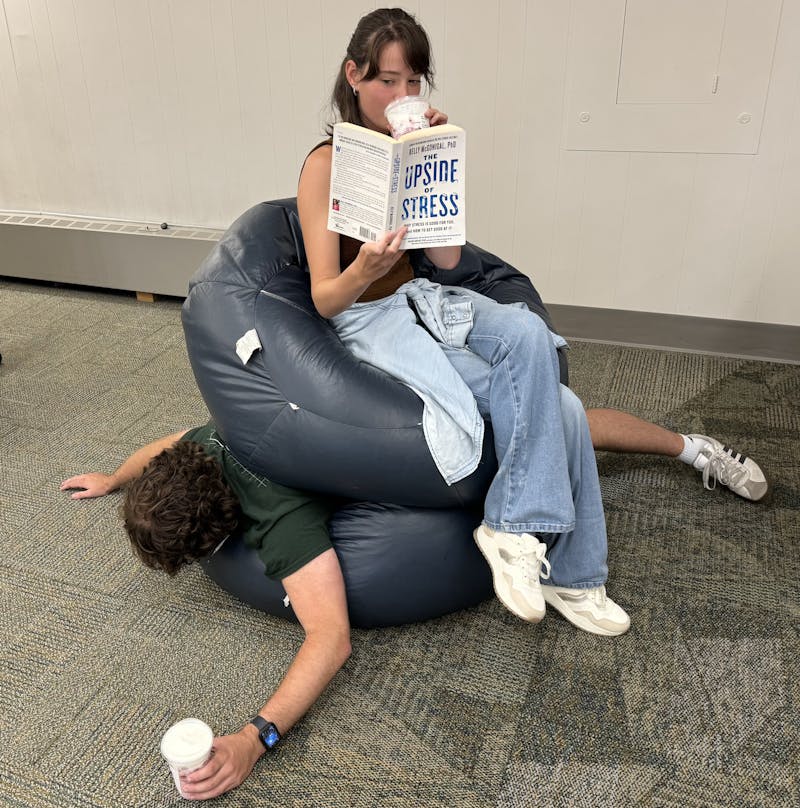When a bizarre case of crime or violence hits the news, many point out the perpetrator as “crazy;” lawyers make mental illness an excuse to keep their client out of jail, and the diagnosis seems to comfort the public more.
The amount of crime committed by the mentally ill is only 4 percent, and while Pennsylvania law prohibits the mentally ill from purchasing guns, the rule varies by state.
The fact is that mental illness is a disease, including mood, personality, anxiety and psychotic disorders, substance abuse, cognitive problems and eating disorders.
Words like deranged, crazy and psychotic add to the stigma of stereotypes, such as the assumption that someone with mental problems is violent.
This is problematic; by fueling society’s fear and misunderstanding of mentally ill individuals, stereotypes can provide an excuse or “get out of jail free” card for criminals.
Mental illness is less responsible for crime than the individual, and according to the Archives of General Psychiatry, “patients discharged from psychiatric facilities who did not abuse alcohol and illegal drugs had a rate of violence no different than that of their neighbors in the community.”
The effect of drugs and alcohol impacts the mentally ill more than the illness itself, in the same way mind altering drugs would affect those without mental disease.
Shootings in the past, such as the Sandy Hook massacre, the Aurora, Colo. movie theater shooting, and Virginia Tech massacre, show patterns in the offenders such as young, shy, introverted males whohave awkward social tendencies.
However, there is no way to predict who will commit violent acts based on a few characteristics. It is completely dependent on the individuals’ surrounding, upbringing and personal choices, no matter his or her mental state.
While media tends to highlight the tragic events committed by mentally ill people, there really are more crimes committed by regular functioning members of society.
The depiction of these individuals is used to explain why an incident occurred, but it often negatively depicts those with serious mental problems.
Take for instance the example of Aurora shooter James Holmes. Mug shots and photos depicted a sinister smiling Holmes, while headlines contained words like “prescription meds” and “loopy behavior.”
Until about one month before the incident, Holmes led a relatively productive life and graduated from college in the top 1 percent of his class.
Is the accusation that Holmes is mentally ill because he killed 12 and injured 58 others, or that his mental illness prompted the massacre?
The truth of the matter is that a criminal is going to commit the crime not because of a mental disease, but for other reasons; blaming mental illness is dangerous to society’s impression of those struggling with these types of disorders.




The Slate welcomes thoughtful discussion on all of our stories, but please keep comments civil and on-topic. Read our full guidelines here.